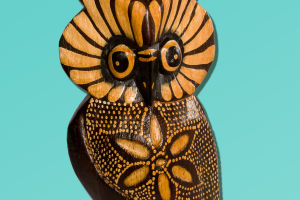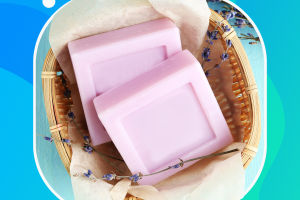With the popularity of running, a concept that should have existed in the shoe industry but never seemed to be widely promoted: specially designed and made running shoes for women's feet.
Matt Powell, the senior sports industry consultant at NPD Group, said that this phenomenon has never happened before. After all, there is an "unspoken" fact in the industry, that is, many brands of women's shoes are actually designed for the characteristics of men's feet.
But now, some sports brands are adjusting their product strategies for the female market, at least in the category of running shoes. For example, in June, Under Armor launched its first running shoe based on a women's last (the mold from which a shoe is molded), the UA Flow Synchronicity.
In the same month, Puma released the Run XX Nitro running shoes in only women's sizes. If you want to "trace the source", Erin Longin, general manager of Puma's running/training sector, said that Puma's first shoes based on women's shoes last will not be made until 2021.
Every time a brand announces that it will be a shoe last for women, it will expose the remaining brands to the light of "letting women wear men's shoes". For the shoe industry, this is a "very important industry change."
As more and more brands begin to cater to the needs of female consumers, the running shoe market is likely to be shaken up. For example, yoga clothing brand Lululemon entered the footwear market in March of this year, and its first product was a running shoe that was truly designed for women's feet.
Why didn't brands do this sooner?
In this regard, Longin believes that there are two main reasons. One is high R&D costs and resource allocation issues: it takes more time and cost to design shoe lasts for male and female consumers separately test. The second reason is the inherent product genes of sports brands.
Powell also revealed in an interview that everyone is very cautious when discussing this issue with brand owners. Unless a brand chooses to inform consumers, no one knows whether a shoe is designed for a man's or a woman's foot.
This is true even for Nike, which did not directly state whether its footwear products use women’s shoe lasts, but it also stated in an interview that in order to improve the adaptability of its products to female consumers, Nike has 20,000 female product testers and there are "thousands" of scans of women's feet.
That being the case, why are there now many brands "suddenly" announcing that some of the running shoes they produce are specially designed according to women's shoe lasts?
Longin pointed out that brands, especially leading brands in the industry, have been paying attention to the trend of women participating in running.
The market is well-received, and of course, the brands are not far behind. Moreover, the research and development timelines of many sports brands are almost the same, so there will be a phenomenon of "explosion" in the research and development of women's running shoes in the market.
The increase in the number of female runners has created favorable conditions for brands to launch women's running shoes.
The research data provided by NPD also supports this point: From May 2021 to May 2022, sales of women's running shoes in the United States will reach 1.6 billion US dollars, an increase of 8%.
Another set of data from NPD shows that women's products account for 49% of the adult running shoe market, and the growth rate of the market for women's products is also higher than that of men. Compared with before the outbreak, the market size of women's products has increased by 28%, while the market size of men's products has only increased by 17%.


